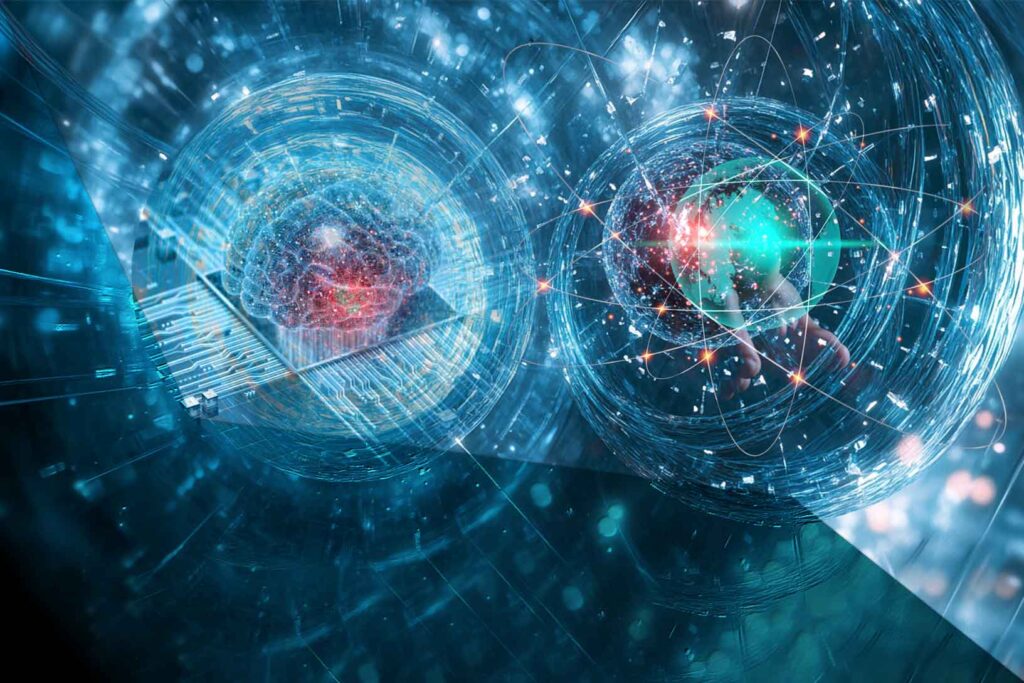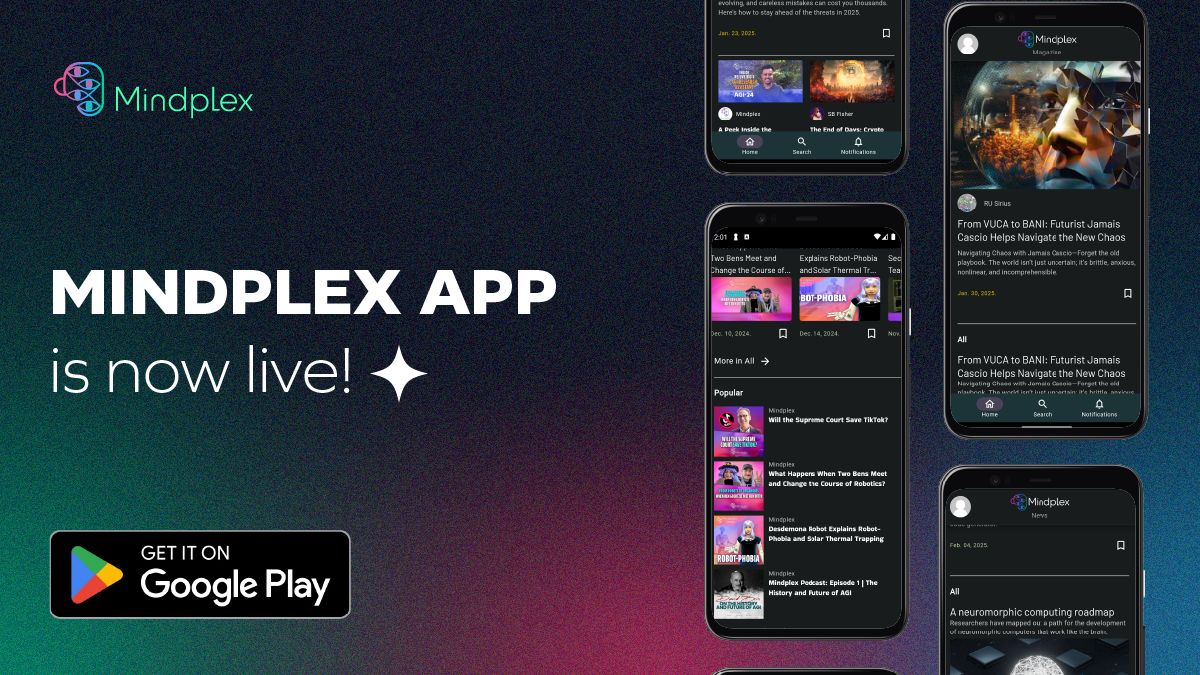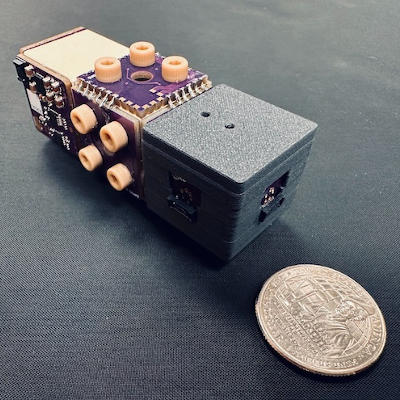Entanglement at Work: Demonstrating Usable Energy Extraction in a Two-Ion Quantum Engine
Apr. 30, 2025.
4 mins. read.
1 Interactions
What if quantum weirdness could power machines? A two-ion engine proves entanglement boosts usable energy—hinting at future quantum batteries and nanoscale engines.
Introduction
Quantum entanglement has revolutionized modern physics, offering foundational tools for quantum computing, communication, and precision measurement. Now, its influence is expanding into energy science. In a groundbreaking study, researchers have constructed a quantum engine using two entangled ions, demonstrating that entanglement can directly enhance the usable energy extracted from a quantum system. This work marks a pivotal moment in the development of quantum thermodynamics, providing the first quantitative experimental evidence that entanglement can fuel energy output, though not necessarily increase conversion efficiency.
A Novel Quantum Engine Architecture
Two-Ion Working Medium in a Quantum Trap
At the heart of the experiment lies a quantum engine composed of two entangled 40Ca⁺ ions, confined in a linear Paul trap. These ions interact via two vibrational modes: the breath mode, used to create entanglement via a Mølmer–Sørensen (MS) gate, and the center-of-mass mode, which serves as the quantum load that stores energy. The ions are cooled close to their motional ground state, ensuring thermal phonons do not obscure the results.
Precise Engineering and Initialization
The ions’ electronic states are defined using two pseudo-spin levels:
The Quantum Thermodynamic Cycle
The quantum engine operates through a four-stroke cycle:
- Energy Absorption (Heating Stroke): The MS gate creates tunable entanglement between the ions by coupling them to the breath mode. The absorbed photon quanta are quantified by changes in state populations, particularly
PDD, PSD, and PDS . - Frequency Adjustment: The system rapidly shifts the laser frequency to couple with the center-of-mass mode, preserving the states of both ions and vibrational modes during the transition.
- Energy Transfer (Work Stroke): A red-sideband transition allows the entangled internal energy to be transferred to the load. The energy output is tracked by measuring the increase in the phonon number in the center-of-mass mode.
- Cycle Completion (Cooling Stroke): Detuning is reintroduced while a dissipative channel—engineered via a 854 nm laser and spontaneous emission at 393 nm—resets the engine state, closing the thermodynamic loop.
Quantifying Energy Conversion and Efficiency
Conversion Efficiency vs. Mechanical Efficiency
The engine’s performance is assessed using two distinct measures:
- Conversion Efficiency (
ηc ) is defined as the ratio of net phonon production to absorbed optical quanta:ηc = Δnt / Δno whereΔnt is the change in phonon number andΔno is the number of absorbed photons. - Mechanical Efficiency (
ηm ) is evaluated via ergotropy, the maximum extractable work from the quantum load using unitary operations:ηm = W / (Δno ℏ ωc) whereW is the ergotropy andωc is the center-of-mass mode frequency.
While
Measuring Ergotropy
Ergotropy is computed from the difference between the energy of the phonon state
Experimental Findings and Analysis
The researchers tested various degrees of entanglement by adjusting the MS gate duration. They found that:
- The maximum usable energy (
W / ℏ ωc ≈ 0.4242 ) occurs at peak entanglement fidelityF = 0.9625 . - The mechanical efficiency
ηm reached 0.523 , whileηc remained roughly, 0.78 regardless of entanglement level.
These results offer strong evidence that entanglement drives work extraction but does not influence conversion efficiency—a nuanced but critical distinction in quantum thermodynamics.

Implications and Future Directions
Toward Quantum Batteries and Microscopic Devices
The study’s findings are not just of theoretical interest. By validating that entanglement enhances usable energy, the work lays groundwork for designing quantum batteries, which depend on extractable work rather than raw energy input. Ergotropy, as a measure of these batteries’ capacity, now has an experimental framework.
Bridging Theory and Application
This quantum engine demonstrates that real-world devices can exploit uniquely quantum resources like entanglement for practical ends. It also suggests new possibilities for microscopic heat engines, quantum refrigerators, and information-powered thermodynamic cycles.
Limitations and Challenges
Despite its success, the experiment has limitations:
- Thermal effects and decoherence still pose challenges.
- The approximate treatment of density matrices leaves room for refinement in precision.
- Scaling to multi-ion or multi-mode systems remains an open question.
Nonetheless, these challenges also define exciting frontiers for future research.
Conclusion
This experimental realization of a two-ion quantum engine offers the first direct evidence that entanglement enhances the usable energy extracted from a quantum system. While the overall energy conversion efficiency remains unaffected, the mechanical efficiency—defined via ergotropy—is markedly improved by maximizing entanglement. These results bridge quantum information theory and quantum thermodynamics, opening new pathways toward advanced quantum devices such as energy-efficient nanoscale engines and quantum batteries.
The age of quantum-powered energy conversion has arrived—and entanglement is at its core.
Reference
Zhang, J.-W., Wang, B., Yuan, W.-F., Li, J.-C., Bu, J.-T., Ding, G.-Y., Ding, W.-Q., Chen, L., Zhou, F., & Feng, M. (2024). “Energy-conversion device using a quantum engine with the work medium of two-atom entanglement.” arXiv.org, April 24, 2024. https://arxiv.org/abs/2404.15835v1
Let us know your thoughts! Sign up for a Mindplex account now, join our Telegram, or follow us on Twitter.


.png)

.png)


.png)






0 Comments
0 thoughts on “Entanglement at Work: Demonstrating Usable Energy Extraction in a Two-Ion Quantum Engine”